This article was co-authored by Lisa Bryant, ND and by wikiHow staff writer, Hannah Madden. Dr. Lisa Bryant is Licensed Naturopathic Physician and natural medicine expert based in Portland, Oregon. She earned a Doctorate of Naturopathic Medicine from the National College of Natural Medicine in Portland, Oregon and completed her residency in Naturopathic Family Medicine there in 2014.
There are 12 references cited in this article, which can be found at the bottom of the page.
This article has been viewed 71,580 times.
Your metabolism is the process that your body uses to convert calories into energy. People with higher metabolisms process calories quicker, leading to less weight gain over time. Your metabolism is mostly influenced by your genetics, so trying to boost it won’t do as much for your body as changing your diet and committing to an exercise routine will. Talk to your doctor if you think your metabolism is low, you have signs of metabolic syndrome, or you’re struggling to lose weight.
Steps
Boosting Your Metabolism Daily
-
1Add high-intensity interval training to your workout routine. During your normal exercise routine, add in a few periods of cardio workouts that get your heartrate up. For example, if you are walking or jogging, speed up for 30 to 60 seconds before slowing down again to your normal pace. Do this for 8 to 12 minutes at a time to boost your metabolic rate for a full day.[1]
Tip: High-intensity interval training, or HIIT, is a great way to add cardio into your routine without making it the main focus of an entire workout.
-
2Eat more protein to make your body work harder at digestion. Lean protein, like fish, chicken breast, nuts, and beans, makes your body work harder at digestion than simple carbohydrates do, which can speed up your metabolic process. Try to eat about 46 g of protein per day for a balanced diet.[2]
- Protein also makes you feel more full for longer to prevent overeating.
Advertisement -
3Try some weight training to increase your muscle mass. As you do your normal exercise routine, try incorporating some weight training with dumbbells or kettlebells to gain more muscle. Start out by doing 2 to 3 sets of 10 reps of bicep curls, squats, or tricep curls.[3]
- Find dumbbells that aren’t too heavy and don’t hurt your arms too much. You should feel a burn as you use them, but your arms shouldn’t hurt.
- Building up your muscle mass can boost your metabolism over time.
-
4Drink green tea instead of soda or juice. Green tea is a rich source of antioxidants known as catechins, and plays a vital role in giving your metabolism a boost. Try drinking 2 to 3 cups of unsweetened, brewed green tea per day to increase the rate at which your calories are burned.[4]
- Although coffee is sometimes marketed as a metabolism-booster, it will not make you burn your calories any faster.[5]
Eating a Balanced Diet to Lose Weight
-
1Drink water whenever you are thirsty. Sugary sodas, juices, and teas increase your caloric intake each time you drink them. Water has 0 calories and aids in digestion, circulation, and nutrient absorption to keep you healthy so you can work on losing weight.[6]
- Keep a water bottle with you at all times so you can drink from it any time you’re thirsty.
- Stay away from dehydrating liquids like coffee, soda, and alcohol.
- While improving your diet won’t necessarily increase your metabolism, it will help you lose weight.
-
2Balance your meals with fruit, vegetables, whole grains, and protein. A balanced diet includes a wide spread of foods from all different categories. Make sure you are eating 2 to 3 meals per day that include healthy foods from all of the food groups. A balanced meal includes:[7]
- 1/2 plate of fruits and vegetables
- 1/4 plate of whole grains
- 1/4 plate of lean protein
- Plant oils in moderation
Tip: You may have heard that eating spicy foods can boost your metabolism, but this is a myth. The best way to lose weight is to eat a healthy, balanced diet.[8]
-
3Reduce your portion sizes. If you are trying to lose weight, you need to burn more calories per day than you are eating. If you don’t want to count your calories every time you eat, try cutting your portion sizes down by 1/3 so you are eating less food at each meal.[9]
- When you first start reducing your portion sizes, you may feel more hungry than usual. However, your body will adjust to your new diet within a few days.
- Try to eat around 1,500 calories per day to stay healthy.[10]
- Eating small, frequent meals won’t boost your metabolism, but it can help you avoid binge eating.[11]
-
4Limit the foods you eat with added sugars and trans fats. Check the ingredients on every food item that you purchase. If you notice it has added sugars or trans fats, try to limit your intake or take it out of your diet completely. These ingredients provide little nutritional benefits and will make you gain more weight over time.[12]
- Crackers, cakes, cookies, frozen pizza, and fast food all contain a lot of added sugar and trans fats.
-
5Avoid eating processed, low-nutrient foods. Processed foods are packed with salt, sugar, and fat, and contain few or no nutrients and vitamins. These foods taste great, but they will leave you hungry and wanting more, leading to even greater weight gain. Avoid sweet baked goods, soda, chips, candy, fast food, and other processed foods.[13]
- Eating an occasional treat is okay, as long as you don’t do it every day.
Exercising to Slim Down
-
1Try to exercise moderately for at least 150 minutes per week. Moderate exercise is anything that makes you sweat after about 10 minutes and makes you breathe heavily, but doesn’t wind you. This can include walking, swimming, or jogging. You can split up your activity time or do it all at once, depending on your schedule.[14]
- Remember to drink water as you exercise to stay hydrated.
- You can lose weight faster by ramping up your moderate activity to 300 minutes per week.[15]
- While doing an exercise routine won’t necessarily boost your metabolism, it will help you lose weight.
-
2Aim to exercise vigorously for 75 minutes per week. Vigorous exercise makes your breathing deep and rapid and makes you sweat after only a few minutes. This includes dancing, running, and intense cycling. Try to spread out your vigorous exercise throughout the week to avoid injuring yourself.[16]
- Sign up for classes at your local gym to set up a workout schedule that’s easy to follow.
Tip: Make sure you warm up for about 10 minutes with a few stretches and cardio exercises before jumping into your activity.
-
3Avoid pushing yourself too hard when you first start out. If you haven’t been following an exercise routine in the past, it can be tempting to jump into doing vigorous activities 3 to 4 times a week. However, you should try to take it slow and start with light or moderate activity to avoid injuries or burning out. As you get stronger and more in shape, you can gradually increase the length and intensity level of your routine.[17]
- Talk with a personal trainer to set up a routine that will meet your weight loss goals.
When to Seek Medical Care
-
1Talk to your doctor if you’re concerned that your metabolism is too slow. Your metabolism is mostly controlled by genetics, age, and body composition. However, certain medical conditions and medications also affect your metabolism. Your doctor can help you determine if your metabolism may be slow, as well as why.[18]
- For example, medical conditions like Polycystic Ovary Syndrome (PCOS) may slow your metabolism.
- Your doctor may be able to offer you treatment options if you have an underlying condition.
-
2See your doctor if you have signs of metabolic syndrome. You may not notice symptoms of metabolic syndrome at first, and it’s a very common condition. Untreated metabolic syndrome may lead to serious health issues like type 2 diabetes or heart disease. If you have metabolic syndrome, making diet and lifestyle changes can help. Consult your doctor if you have the following symptoms:[19]
- Consistently high blood pressure
- High blood sugar
- Increased thirst and urination, fatigue, and blurred vision
- High cholesterol
- Excess body weight around your waist
-
3Work with your doctor if you’re struggling to lose weight. Your metabolism might not be the only reason why you are struggling to slim down. Your doctor can help you figure out what’s holding back your weight loss so you can make changes. Tell your doctor everything you’ve tried, and work with them to develop a weight loss plan for you.[20]
- Your doctor can also help you determine if you need to lose weight in the first place.
Tip: Ask your doctor for a referral to a dietitian, who can help you plan a healthy diet that you’ll enjoy eating.
Warnings
- Do not use colon cleanses or other cleanses to increase your metabolism. These can lead to dehydration or infection.[22]⧼thumbs_response⧽
References
- ↑ https://www.health.harvard.edu/staying-healthy/the-truth-about-metabolism
- ↑ https://www.health.harvard.edu/staying-healthy/the-truth-about-metabolism
- ↑ https://www.ncbi.nlm.nih.gov/pmc/articles/PMC3661116/
- ↑ http://www.ncbi.nlm.nih.gov/pubmed/16277999
- ↑ https://medlineplus.gov/ency/patientinstructions/000893.htm
- ↑ https://www.mayoclinic.org/healthy-lifestyle/weight-loss/basics/diet-and-exercise/hlv-20049483
- ↑ https://medlineplus.gov/ency/patientinstructions/000893.htm
- ↑ https://medlineplus.gov/ency/patientinstructions/000893.htm
- ↑ https://www.mayoclinic.org/healthy-lifestyle/weight-loss/expert-answers/metabolism/faq-20058346
- ↑ https://www.mayoclinic.org/healthy-lifestyle/weight-loss/in-depth/calories/art-20048065
- ↑ https://medlineplus.gov/ency/patientinstructions/000893.htm
- ↑ https://www.ncbi.nlm.nih.gov/pmc/articles/PMC4459594/
- ↑ https://www.mayoclinic.org/healthy-lifestyle/weight-loss/expert-answers/metabolism/faq-20058346
- ↑ https://www.mayoclinic.org/healthy-lifestyle/weight-loss/basics/diet-and-exercise/hlv-20049483
- ↑ https://www.mayoclinic.org/healthy-lifestyle/fitness/in-depth/exercise-intensity/art-20046887
- ↑ https://www.mayoclinic.org/healthy-lifestyle/fitness/in-depth/exercise-intensity/art-20046887
- ↑ https://www.mayoclinic.org/healthy-lifestyle/fitness/in-depth/exercise-intensity/art-20046887
- ↑ https://www.mayoclinic.org/healthy-lifestyle/weight-loss/expert-answers/metabolism/faq-20058346
- ↑ https://www.mayoclinic.org/diseases-conditions/metabolic-syndrome/symptoms-causes/syc-20351916
- ↑ https://www.mayoclinic.org/healthy-lifestyle/weight-loss/in-depth/metabolism/art-20046508
- ↑ https://medlineplus.gov/ency/patientinstructions/000893.htm
- ↑ http://www.mayoclinic.org/healthy-lifestyle/consumer-health/expert-answers/colon-cleansing/faq-20058435
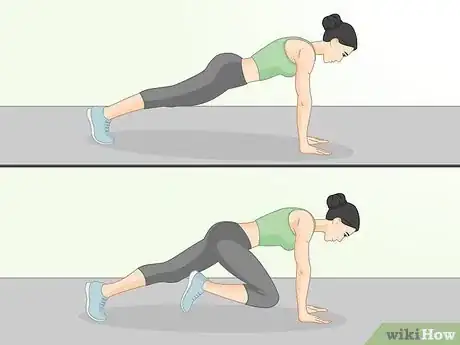
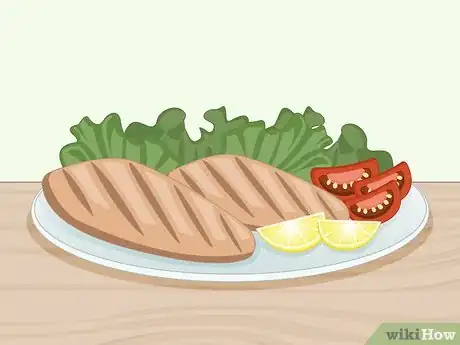
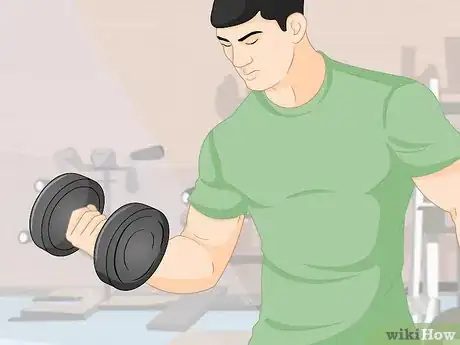
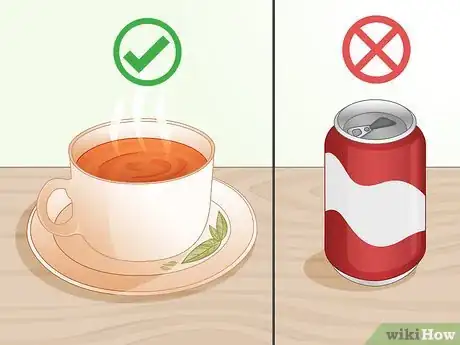
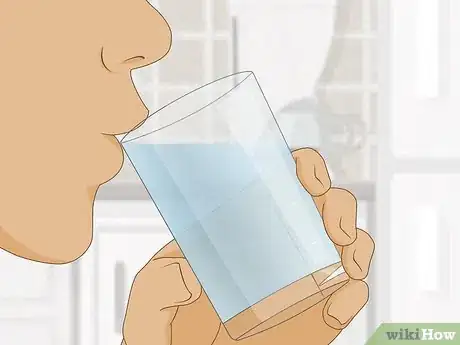
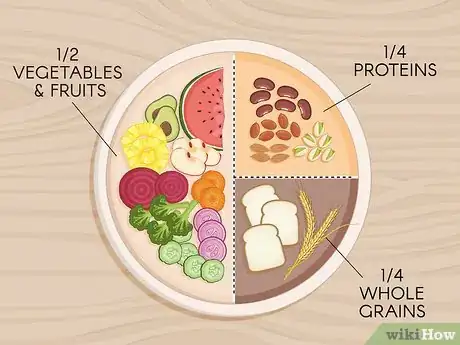
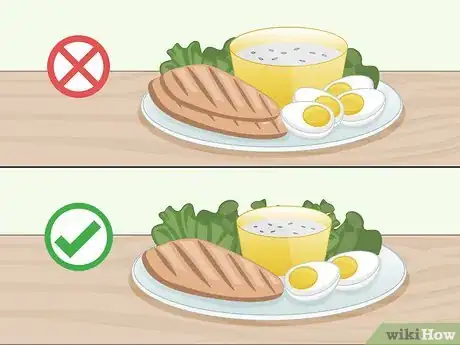
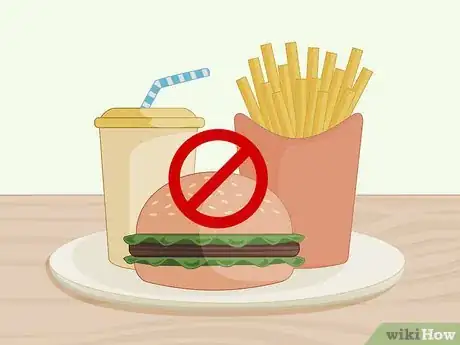
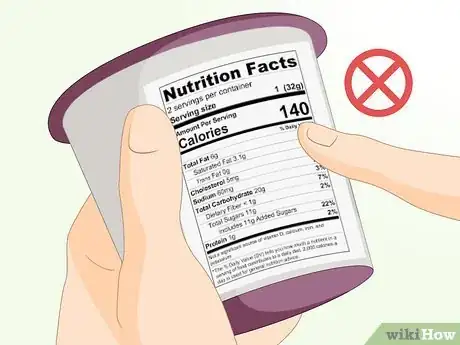
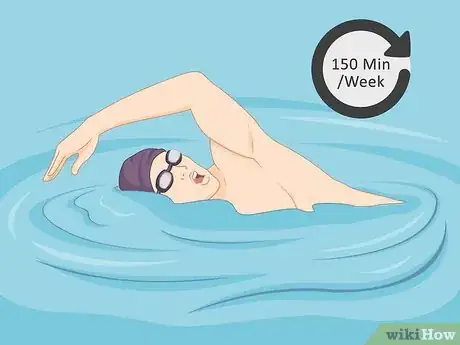
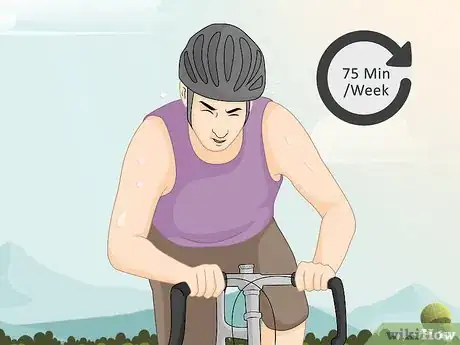
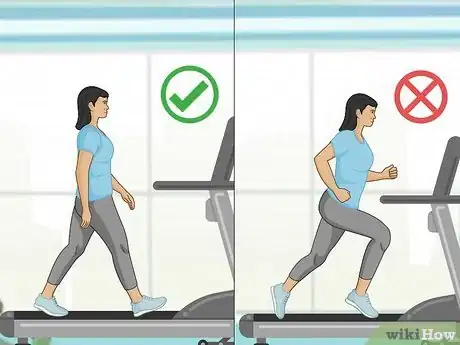

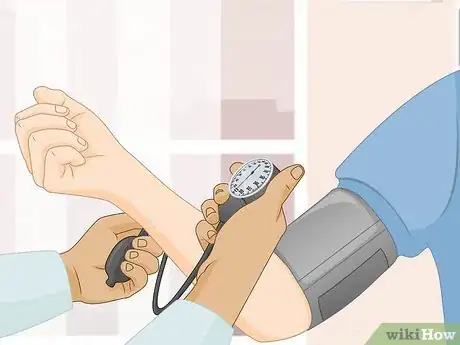
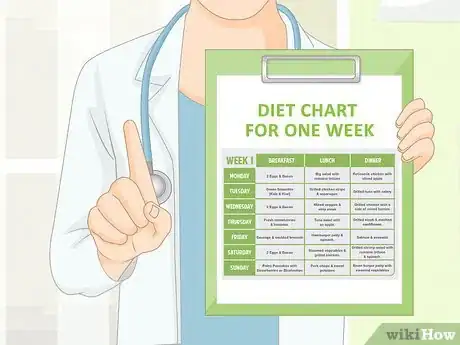



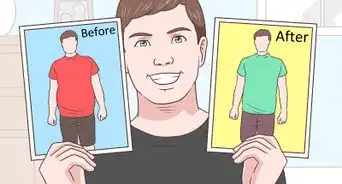
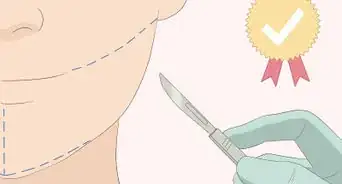

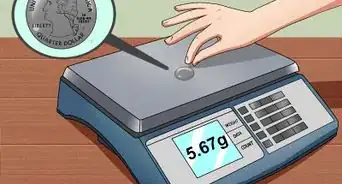




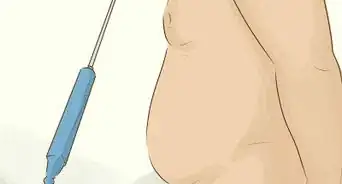
















































Medical Disclaimer
The content of this article is not intended to be a substitute for professional medical advice, examination, diagnosis, or treatment. You should always contact your doctor or other qualified healthcare professional before starting, changing, or stopping any kind of health treatment.
Read More...